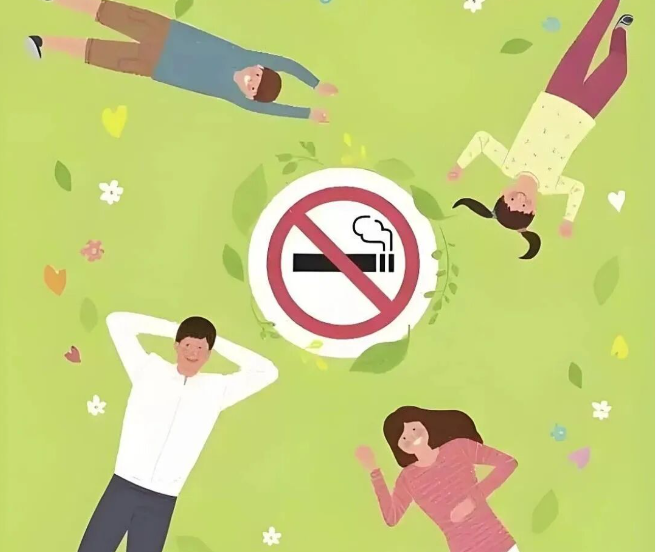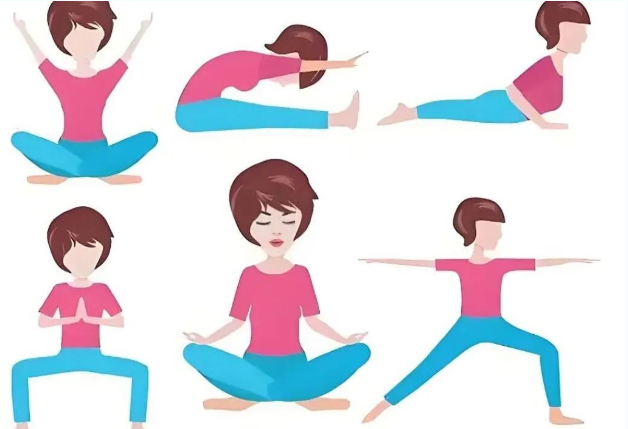
ARE YOU OF LEGAL VAPE AGE?
Please confirm that you are of legal age to purchase vaping products to access our site.

Please confirm that you are of legal age to purchase vaping products to access our site.
Some items are no longer available. Your cart has been updated.
This discount code cannot be used in conjunction with other promotional or discounted offer.
Are you a COPD patient struggling with the idea of quitting smoking? Taking the first step can feel overwhelming, but it's the most critical move to halt disease progression and improve your quality of life. This comprehensive guide explores how to quit smoking effectively, focusing on practical first steps, motivation strategies, and tools to support your journey. Whether you're dealing with chronic obstructive pulmonary disease (COPD) symptoms like shortness of breath or frequent exacerbations, quitting smoking offers a "golden opportunity" to reduce risks and breathe easier.
For COPD patients, quitting smoking isn't just beneficial—it's essential to prevent further lung damage and reduce exacerbations. Many long-time smokers get stuck in the cycle of wanting to quit but fearing the start. The key to the first step isn't abruptly stopping cold turkey; it's about making a firm decision and choosing the right methods.
Remember: 90% of successful quitters have tried before, even if they failed initially. Every effort lightens the load on your lungs, improving breathing and overall health. By quitting smoking, you can experience fewer coughs, easier physical activities, and a lower risk of severe flare-ups.
Personal reasons are more powerful than external advice for COPD patients. Here are some compelling motivations:

Action Tip: Grab a piece of paper and jot down your unique reasons, like "To play in the park with my grandkids" or "To stop coughing at night." Stick it on your bedside table or cigarette pack—glance at it during cravings for an instant motivation boost.
Avoid the common mistake of declaring "No more cigarettes starting tomorrow!" This often leads to intense withdrawal symptoms and quick relapse.
Instead, pick a "relaxed moment" for your quit date:

Action Tips:
Cravings typically last 3-5 minutes—don't fight them head-on. Use these strategies to outsmart your brain:
Physical Alternatives (Distraction Techniques):
Behavioral Alternatives (Break Habit Loops):

Action Tip: List your common smoking triggers (e.g., "In the bathroom" or "In the car") and plan replacements. Breaking these patterns weakens cravings by half!
Vaping can be a helpful bridge for quitting, often outperforming traditional methods. A recent trial in Emergency Medicine Journal showed that among nearly 1,000 smokers in UK hospital emergency rooms, those given e-cigarettes were 76% more likely to quit than those receiving only written quit-smoking advice.
While e-cigarettes carry some risks, they're far less harmful than tobacco smoking. As co-lead researcher Caitlin Notley from the University of East Anglia stated: "We know that vaping is much less harmful than smoking tobacco, and it has been shown to help smokers quit."
Here are three popular vaping options to consider for quitting smoking:

VAPEPIE Max 40000 PUFFS – Ideal for long-lasting use with smooth delivery.

Vapepie GHOST AIR 40000 Smokeless Vape – Discreet and smokeless for everyday transitions.

Vapepie 35000 Puffs Galactic Gleam – Flavorful and high-capacity for sustained support.
Consult a healthcare professional before starting any tool to ensure it fits your COPD management plan.
Fact: 80% of quitters relapse on their first try, but each attempt reduces future slip-up chances. If you slip:
Don't self-blame: View it as "This method needs tweaking," not failure.
Stop immediately: Extinguish the cigarette and analyze the trigger (e.g., "Colleague offered one?" or "Too much stress?").
Reset your quit date: Start fresh, like "In 3 days."
Action Tip: Join a quit-smoking support group or enlist family oversight. Remind yourself: "My lungs can't wait, but my willpower grows stronger!"
Kickstart today with this simple list:
If I smoke only in the kitchen or balcony, it won't affect my family—do I still need to quit?
No—secondhand and thirdhand smoke harm loved ones, especially children. Thirdhand smoke lingers on surfaces for months, unaffected by fans or windows. Even outdoor smoking transfers nicotine indoors via your clothes. Quit for their health!
I only smoke at social gatherings—do I need to quit?
Yes, even occasional smoking raises risks like high blood pressure and cholesterol, similar to daily smokers. Tobacco's harms—tar, nicotine, carbon monoxide—are immediate. Quitting is the best for long-term health.
Smoking relieves stress—will quitting make my mood worse?
That's a myth. Nicotine creates dependency, making you anxious without it. Studies show quitting improves mental health. Initial withdrawal (anxiety, irritability) fades in 2-3 weeks. Stick with it for a happier, smoke-free life.
I've failed at quitting before—am I doomed?
Not at all! Most succeed after multiple tries. Keep experimenting with methods and seek counseling if needed. Persistence pays off.
For COPD patients, every breath counts, and quitting smoking is the most rewarding investment in your health. The first step may seem tough, but once taken, you'll thank yourself. Ready to quit? Consult your doctor, grab your tools, and take action now—your lungs and loved ones will benefit immensely. If you're seeking more personalized advice, search for local smoking cessation programs or visit a healthcare provider today!

Comment